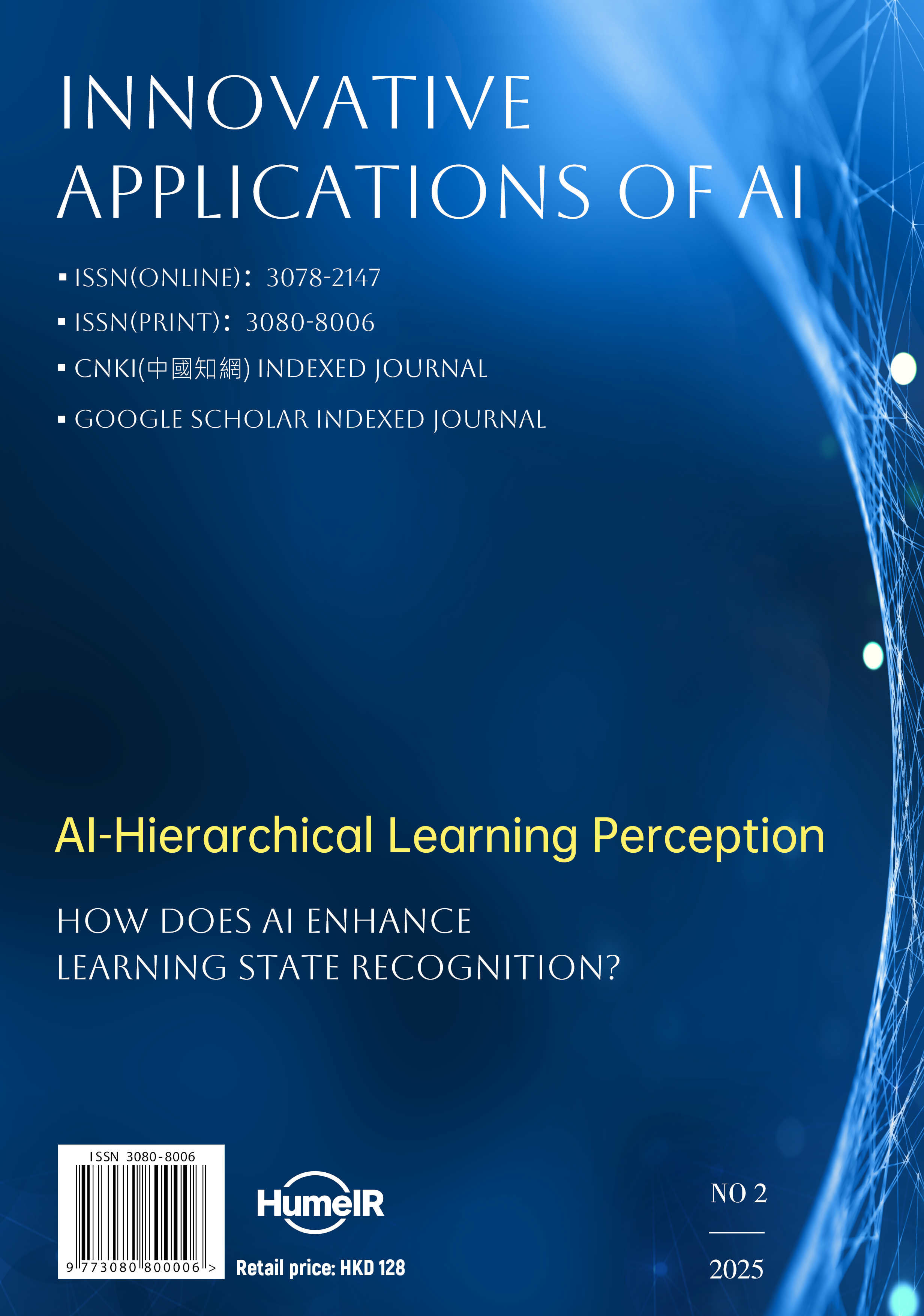Hierarchical Analysis of Online Learning Behavior and Construction of a Psychological State Perception Model
DOI:
https://doi.org/10.70695/AA1202502A02Keywords:
Online Learning Behavior, Hierarchical Analysis, Psychological StateAbstract
With the growing prevalence of online education, understanding learners' behavioral patterns and psychological states has become critical for enhancing learning outcomes and designing adaptive interventions. This paper presents a hierarchical analysis framework for online learning behavior, aiming to capture behavioral features at multiple levels, including session, activity, and temporal dimensions. Based on the extracted behavioral data, this work construct a psychological state perception model that integrates machine learning algorithms to infer learners’ cognitive and emotional states in real time.
To evaluate the effectiveness of the proposed approach, this study conducted experiments using data collected from an online learning platform, incorporating clickstream logs, time-on-task metrics, and interaction sequences. Results demonstrate that the hierarchical model significantly improves the accuracy of psychological state detection compared to traditional flat models. Furthermore, the model enables dynamic tracking of learners’ engagement and stress levels, providing valuable insights for personalized learning support.
The proposed method bridges the gap between behavioral analysis and psychological modeling in online education, offering a novel and interpretable framework for real-time learner state perception. This research contributes to the advancement of intelligent educational systems and supports the development of emotionally-aware learning environments.
